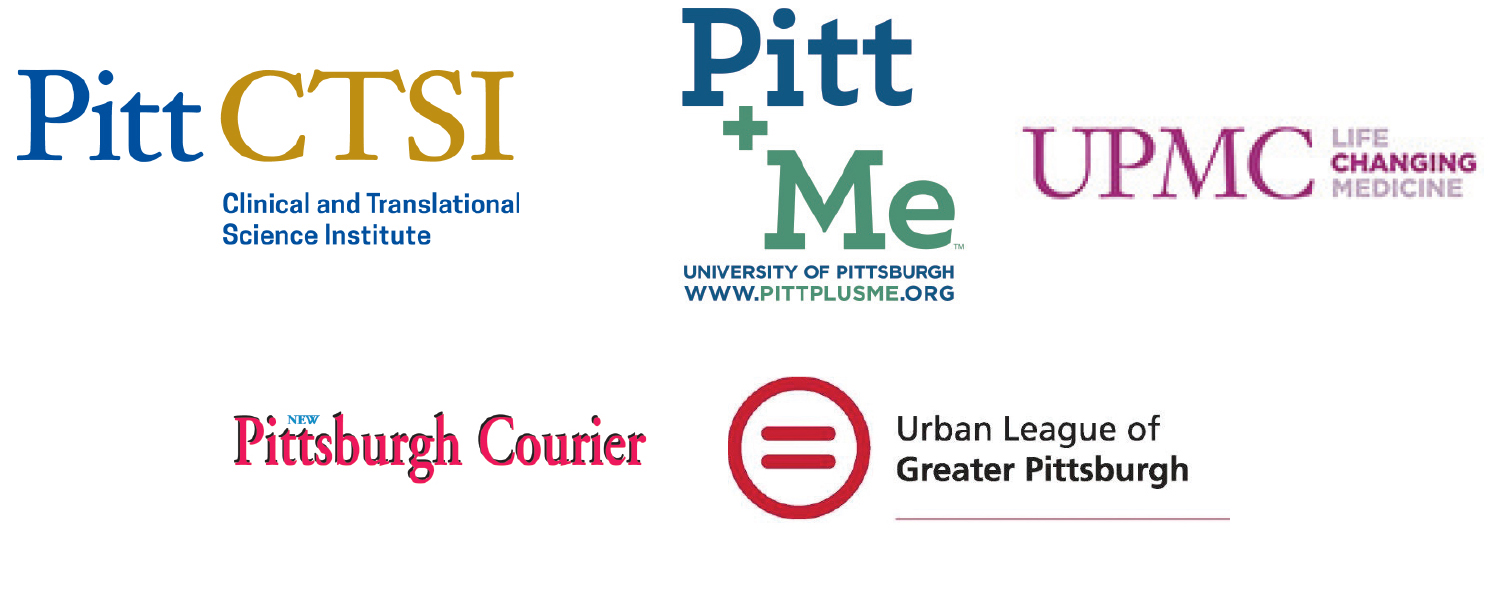DR. MAYA I. RAGAVAN
Including non-English speakers in research makes healthcare—and science— more just.
Language equity in medical research means that research and research institutions actively create systems, so that people who do not speak, understand, read, or write in English can participate fully in what’s being studied.
A recent study from the University of Pittsburgh shows the disparity between non-English speaking children and their representation in medical research. Dr. Maya I. Ragavan from UPMC Children’s Hospital, is hopeful the findings will serve as a call to action for researchers, funding groups, and medical journals who can work together to end this disparity.
In the study, Dr. Ragavan, an assistant professor of pediatrics at Pitt, and her colleagues, found that out of about 5,000 child health articles over the past 10 years, only 9% included non-English speaking participants.
What’s more, among the 9 percent of the articles that did include non-English speaking participants, less than one-third of them specified exactly how they communicated with the participants. This shows that simply including non-English speakers itself is not enough without systems that allow for spoken, signed, and written communication in the research participant’s language.
Disparities in research participation are similar to what we see in the healthcare system. Take telehealth for example. Research shows that non-English speakers are less likely to use telehealth in part due to language inequities. (SOURCE: JAMA Network).
While telehealth uses the latest technology to bring healthcare into people’s homes, language services may not be part of it. That exclusion continues to carry on the cycle of inequality, especially for people in underserved communities.
Barriers like this can lead to lags in preventative care and services. For children, it can result in fewer visits to doctors, which can cause chronic health conditions like asthma to remain undetected and/or untreated. It can prevent children from receiving vaccines, which leaves them vulnerable to life-threatening diseases that are easily preventable.
“Leaving out non-English speakers from health research means that health disparities continue for people who already face discrimination,” says Dr. Ragavan. “If we include individuals from all language backgrounds in our medical research, we’re enhancing the quality and fairness of what we find, improving health outcomes, and affirming the beauty and richness of multilingual communities.”
Pittsburgh is a linguistically diverse city, which brings richness and joy to our area. The city is home to several community-based organizations that serve immigrant and refugee families. All these groups work tirelessly to make sure everyone has access to services in their languages.
Some examples of these organizations include the Congolese Union of Pittsburgh (CUP), the Pittsburgh chapter of APALA, Casa San Jose, the Bhutanese Community Association of Pittsburgh, the Somali Bantu Community Association of Pittsburgh, Hello Neighbor, Organization of Chinese Americans, ARYSE, Jewish Family and Community Services, the Latino Community Center, and many others.
To promote language equity, Dr. Ragavan believes non-English speakers must be part of the planning stages of the research process and not an afterthought. For example, instead of simply including a few non-English speakers in a study, researchers must think long and carefully about how that should happen.
Medical research has an impact on everyone’s health outcomes, not just the people participating. The idea behind medical research is to examine data from a smaller group of people who represent the larger population.
When research is done mindfully and inclusively, it leads to new understanding and better treatments for disease, improves access to healthcare, and begins the process of atoning for harms and repairing trust.
What can we do to promote fairness and equal treatment for people of all language backgrounds? We can raise awareness to the importance of language diversity. For example, if we see a service is only available in English, we can ask why and call attention to the need for multilingual and culturally affirming services.
We can also encourage inclusivity by organizing and attending events that celebrate multilingualism and reaching out to people who speak other languages with warmth and appreciation for their culture heritage.
[perfectpullquote align=”full” bordertop=”false” cite=”” link=”” color=”” class=”” size=””]Dr. Ragavan notes, “While this study is about research inclusivity, language equity is much broader and really means reimagining how all systems—healthcare, schools, legal, government—affirm and uplift linguistically diverse communities.”[/perfectpullquote]
Pitt’s recently held a virtual Linguistic Justice Conference on April 14. The event featured speakers, skills-building workshops, information from community partners, brief research presentations and more.
